Goosebumps TV Series: Adapting the Spine-Chilling Stories
R.L. Stine’s Goosebumps series unleashed a wave of deliciously spooky adventures for young readers in the 1990s. From haunted houses to hungry mummies and even living ventriloquist dummies, Stine’s brand of kid-friendly horror gripped the imaginations of readers. It was only natural that the success of these books would spawn a beloved television series.
Much like the books, the ‘Goosebumps’ TV show became a 90s pop culture phenomenon. It masterfully brought Stine’s creepy tales to life, introducing a whole generation to delightfully scary stories. But what made the adaptations so successful?
| Key Takeaways | Description |
|---|---|
| Anthological Charm | The anthology format of the “Goosebumps” TV series kept the stories fresh and surprising. – Lack of recurring main characters heightened relatability and raised stakes for viewers. |
| Tone and Atmosphere | Balanced between frightening and child-friendly. – Used implied terror, humor, and conflict resolution to create a controlled, entertaining environment. |
| Memorable Monsters & Atmosphere | Monsters rooted in simple yet relatable childhood fears. – Utilized familiar locations turned sinister, shadows, lighting, and sound effects to create chilling atmosphere. |
| Adapting for the Screen | Expanded upon simple book plots by adding depth to characters. – Incorporated side plots for realism and tension. – Combined elements from multiple books for thematic connections and surprise twists. |
| Visual Storytelling Techniques | Used foreshadowing, suspenseful camera angles, and music/sound design to build anticipation and manipulate mood. – Leveraged television’s strengths for dynamic and suspenseful storytelling. |
| Overall | Understanding of audience led to success. – Delivery of fun scares within a controlled environment. – Lasting impact as a nostalgic childhood experience for a generation. |
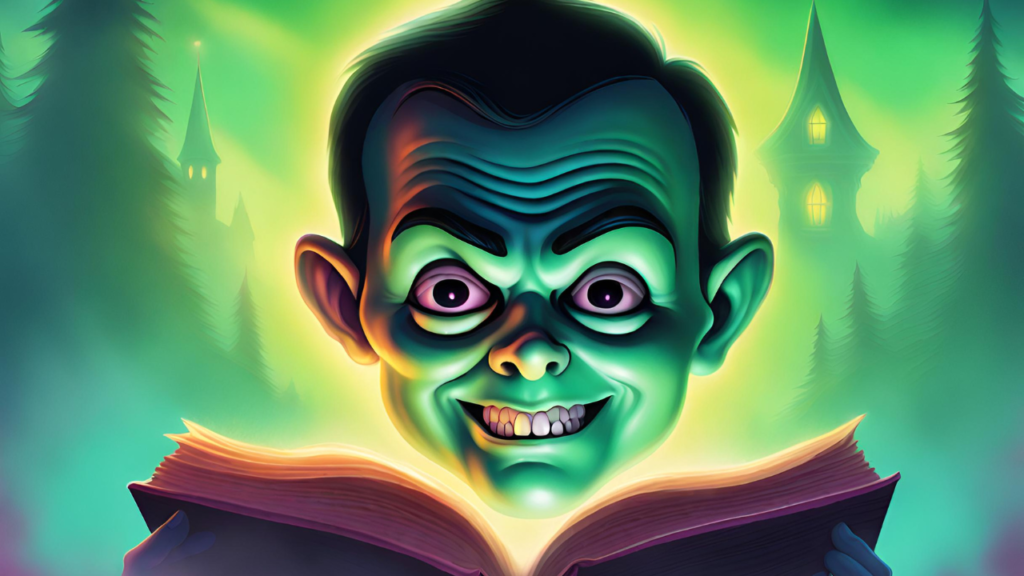
The Anthological Charm: Goosebumps TV Series
The true power of the anthology format in ‘Goosebumps‘ was that it kept things fresh and constantly surprising. Each episode was like opening a brand-new scary storybook. Viewers could never quite settle into expectations, as the type of horror and the setting changed drastically week to week. This kept the audience on the edge of their seats, eagerly anticipating the next twist of the unknown.
With each new episode came a new cast of characters, usually kids around the viewer’s age. This created a sense of relatability – it felt like these spooky events could happen to anyone like them. Furthermore, the lack of recurring main characters meant anyone could be the hero, or anyone could fall victim to the episode’s particular monster. It raised the stakes and kept viewers guessing.
The anthological style allowed ‘Goosebumps‘ to explore diverse horrors without being held back by an overarching plot. One week might be a chilling ghost story steeped in atmosphere, while the next could be a zany monster adventure filled with special effects. This variety prevented the show from becoming stale or repetitive and ensured there was something to appeal to a wide range of young viewers.
Anthology episodes, by their self-contained nature, offered quick, satisfying scares. They were the perfect snack-sized horror morsels for young audiences. A viewer could dip into the world of ‘Goosebumps’ for a single episode and get a beginning, middle, and end – usually involving some kind of resolution to the horror. It was a way to experience fear without the commitment of a long, drawn-out movie or multi-season series.
Striking the Right Tone
The show understood its core audience was children. While it aimed to frighten, ‘Goosebumps‘ carefully calculated its scares. The monsters were undeniably creepy, the situations suspenseful, but rarely was there anything pushing into the realm of true psychological horror or graphic violence. This meant kids could get their hearts racing without having nightmares.
‘Goosebumps’ was a master of implying terror. Ominous sound design, shadows playing tricks, and lingering shots of a potential threat were often more effective than showing the monster in all its gory glory. This played on children’s imaginations – let them fill in the blanks with their own fears, making the experience more personalized and chilling.
Scattered throughout the terror were moments of levity. A goofy monster design, a well-timed bit of slapstick, or a sarcastic quip from the protagonist would help alleviate the tension. This humor served as a pressure valve, reassuring the audience that even amidst the horror, they were still in a controlled, entertaining environment.
While not every ‘Goosebumps’ episode had a fully happy ending, they’d usually resolve the main conflict. Sometimes with a touch of the strange or a final ironic twist, maintaining that playful edge. It reminded viewers that this was a world of fantastical horror, not something that could bleed over into their real lives.
The creators behind ‘Goosebumps‘ seemed to have a strong grasp of what both excites and terrifies children. They tapped into the common childhood fears of the dark, the unknown, and creatures lurking in the shadows, but always made sure the overall experience felt like a thrilling ride, not a traumatic ordeal. This careful tonal control was key to ‘Goosebumps’ appeal. It allowed kids to explore their fascination with fear, confront scary ideas, and feel the satisfaction of overcoming them.
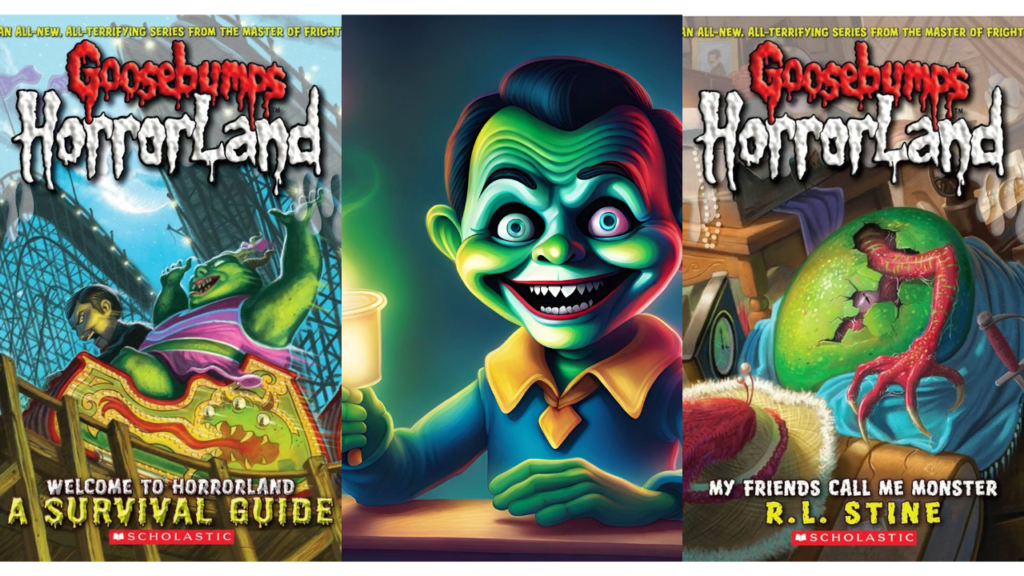
Memorable Monsters & Atmosphere
Goosebumps monsters were often rooted in simple concepts that played on childhood fears. A ventriloquist dummy coming to life taps into fears of uncontrolled toys, while a mask merging with your face plays on the anxiety of losing your identity.
Many Goosebumps villains had one or two exaggerated features making them immediately memorable. Slappy’s wide, sinister grin, the Haunted Mask’s frozen grimace, or the Scarecrow’s lanky form and straw-filled face became seared into viewers’ minds.
While visually striking, Goosebumps monsters often left something to the imagination. We might never fully understand how Slappy is alive or the exact origins of the Haunted Mask. This unanswered mystery made them even more chilling.
Creating Chilling Atmosphere
The show made great use of familiar locations turned sinister. Empty school hallways, abandoned libraries, or seemingly normal suburban homes become playgrounds for the monstrous. This distorted sense of the familiar added an extra layer of unease.
Heavy use of shadows, stark contrasts of light and dark, and the occasional use of colored lighting set the mood for each scare. A dimly lit attic or a flickering flashlight beam instantly upped the suspense factor. Creaking floorboards, unexplained whispers, and sound effects that didn’t quite match what was onscreen built anticipation and kept viewers on edge.
The Synergy of Monster & Atmosphere
The best ‘Goosebumps’ episodes used atmosphere to amplify the fear factor of their monsters. The Haunted Mask was terrifying because it was set against the backdrop of a seemingly normal Halloween night. The menace of the Scarecrow in “The Scarecrow Walks at Midnight” was magnified by the isolated cornfield setting, the whistling wind, and the oppressive darkness.
Goosebumps’ monsters and its atmospheric elements worked in tandem. The monsters were the stars, but the show’s commitment to a spooky, unsettling ambiance helped cement them in pop culture history.
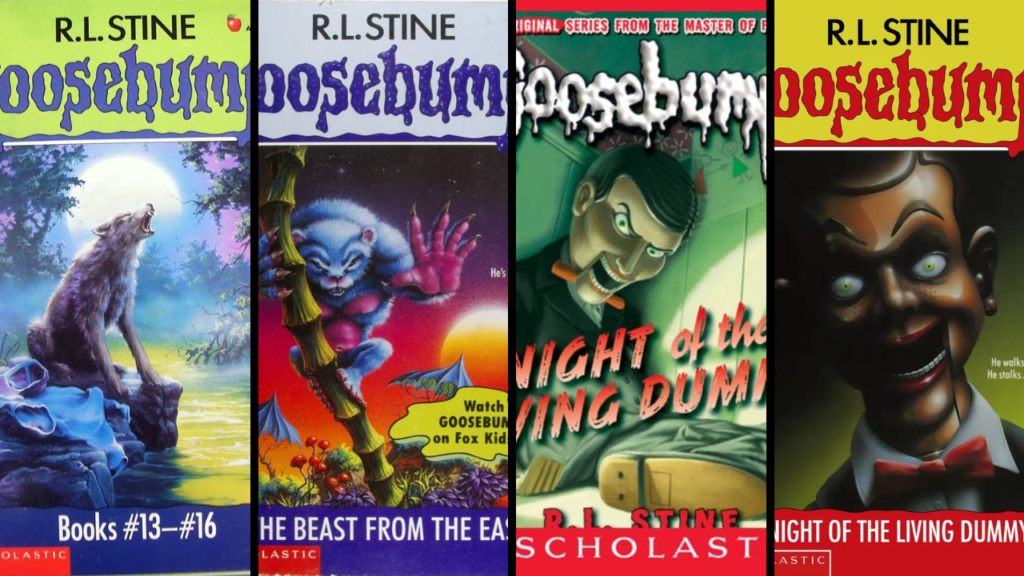
Adapting for the Screen
Goosebumps books, aimed at quick, satisfying reads, often had simple plots. The TV series wisely fleshed these out to fit an episode’s runtime. They’d add depth to protagonists, give them sibling rivalries, friendships, or hints of crushes, making them more relatable for viewers and raising the stakes when they were in danger.
Side plots with parents, bullies, or school dynamics added layers of realism and opportunities for both humor and potential scares. They’d draw out the mystery and the build-up of tension. A haunted camera in the book might be found immediately; in the show, its ominous powers might unfold over the length of the episode for greater suspense.
Combining Narratives: Some of the best episodes cleverly wove elements from multiple Goosebumps books together. This allowed for:
- Iconic Monsters Mashups: One episode might feature both the Haunted Mask and a living dummy, upping the scare-factor and the novelty.
- Thematic Connections: Combining stories with similar themes (for example, summer camp dangers) made narratives feel more cohesive and satisfying.
- Surprise Twists: Viewers familiar with the books might be surprised by unexpected combinations, keeping them guessing.
Visual Storytelling Techniques
- Foreshadowing: Subtle visual hints – like a lingering shot on a strange object or a shadow flickering across a wall – were cleverly used to build anticipation without giving away the scares too early.
- Suspenseful Camera Angles: Low angle shots making monsters loom large, or a point-of-view shot from the victim’s perspective put the viewer directly in the action, ramping up the sense of fear.
- Music and Sound Design: Ominous music cues or strategically placed sound effects expertly manipulated the mood, leading the viewer to expect (and sometimes fear!) what might be around the corner.
The ‘Goosebumps’ TV series wasn’t a direct replication of the books. By understanding the strengths of television, its creators managed to adapt Stine’s spooky tales into an even more dynamic and suspenseful experience.
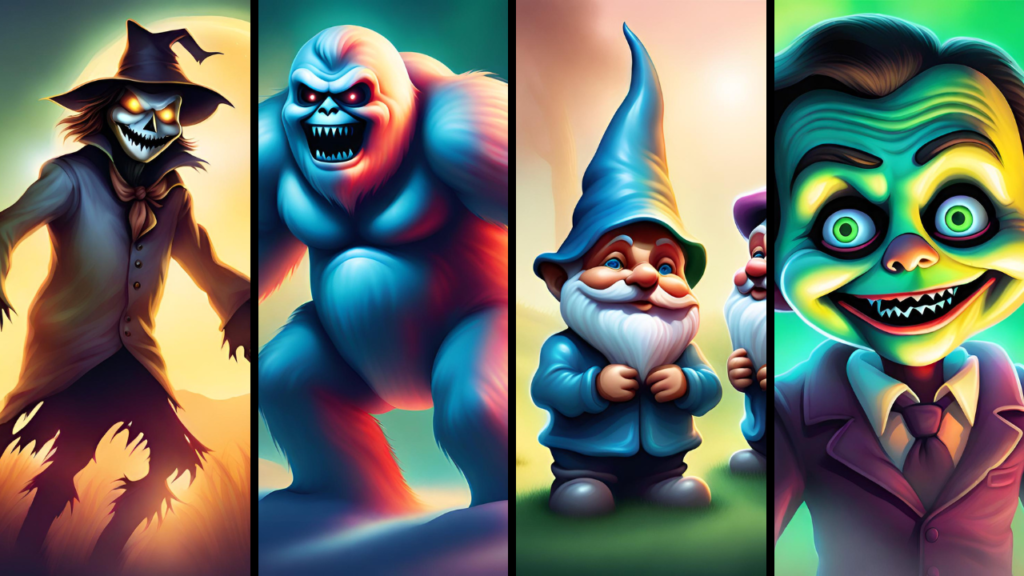
Nostalgic Legacy
For kids growing up in the 90s, the ‘Goosebumps’ TV series was more than just entertainment. It became a shared experience. Friends would gather around the TV to watch the latest episode, analyze the monsters, and bond over the thrills they felt together. It became part of the childhood vocabulary of that generation.
While undeniably fun, ‘Goosebumps’ also subtly empowered its audience. The protagonists were usually kids just like the viewers, facing down unimaginable horrors with their wits or a dose of courage. It sent a message that you could be small but still overcome terrifying challenges.
As those who grew up with ‘Goosebumps’ became adults, the nostalgia factor intensifies. It serves as a reminder of simpler childhood days, filled with sleepovers, playful fears, and the excitement of new episodes. In a world that often seems overwhelmingly serious, the show represents a nostalgic escape.
‘Goosebumps’ introduced many to the joys of the horror genre within a controlled package. The scares were palatable, the resolutions manageable. This early exposure to the ‘delights’ of fear might have sparked a lifelong love of horror in some while offering a safe horror ‘training ground’ for others who prefer less intense experiences.
The Revival: Goosebumps TV Series
The recent ‘Goosebumps’ movies and revival series illustrate the difficulty of replicating the unique charm of the original. There’s a delicate balance of elements that contributed to its success:
- Understanding the Audience: The ’90s tone resonated with kids at that specific time. Modern reboots need to carefully adjust the balance of horror and humor to connect with today’s viewers.
- The Power of Simplicity: The original’s straightforward monster concepts were often more effective than overly complex lore or effects-heavy spectacles seen in later adaptations.
The original ‘Goosebumps’ TV series left its mark because it understood its audience, delivered fun scares, and became an integral part of childhood for a generation. While the world of Goosebumps continues to evolve, the original holds a special place in the hearts of many now-adults, a place warmed by nostalgia, the thrill of the spooky unknown, and the memory of overcoming those first childhood frights.
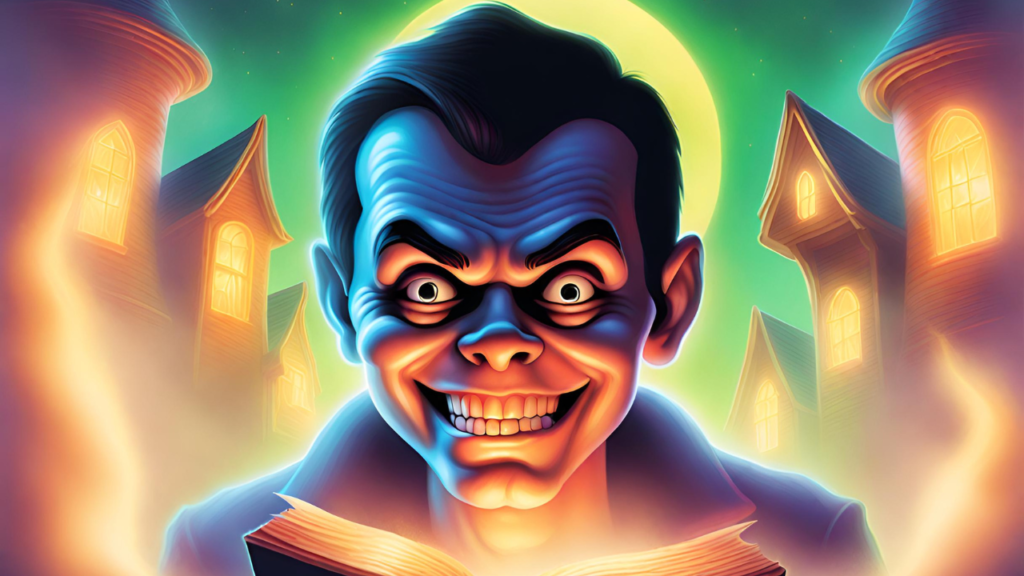
FAQ: Goosebumps TV Series
| Question | Answer |
|---|---|
| What is the Goosebumps TV Series? | The Goosebumps TV Series is a children’s horror anthology television show based on R.L. Stine’s book series of the same name. It originally aired from 1995 to 1998, with subsequent reruns and adaptations later on. |
| What is the format of the Goosebumps TV Series? | The show follows an anthology format, meaning each episode features a standalone story with its own set of characters and plot. This format allows for diverse horror themes without repetitive plots. |
| How scary is the Goosebumps TV Series? | The show strikes a balance between being frightening and child-friendly. It uses techniques like implied terror, humor, and resolving conflicts to create a controlled, entertaining environment suitable for its target audience. |
| What makes the monsters in Goosebumps memorable? | Goosebumps monsters are often rooted in simple yet relatable childhood fears, which makes them memorable to viewers. Additionally, the show effectively uses familiar locations turned sinister, shadows, lighting, and sound effects to enhance the chilling atmosphere surrounding these monsters. |
| How does the TV series adapt the Goosebumps books? | The TV series expands upon the simple plots of the books by adding depth to characters, incorporating side plots for realism and tension, and cleverly combining elements from multiple books for thematic connections and surprise twists. |
| What visual storytelling techniques are used in the Goosebumps TV Series? | The show employs various visual storytelling techniques such as foreshadowing, suspenseful camera angles, and music/sound design to build anticipation and manipulate mood. These techniques leverage television’s strengths to create a dynamic and suspenseful viewing experience. |
| What contributed to the success of the Goosebumps TV Series? | The show’s success can be attributed to its understanding of its audience, delivery of fun scares within a controlled environment, and its lasting impact as a nostalgic childhood experience for a generation of viewers who grew up watching it. |
| Can adults enjoy the Goosebumps TV Series? | While the show primarily targets children and pre-teens, adults who enjoy nostalgic or campy horror may also find entertainment in watching Goosebumps. However, it’s important to remember that the show’s primary audience is younger viewers. |
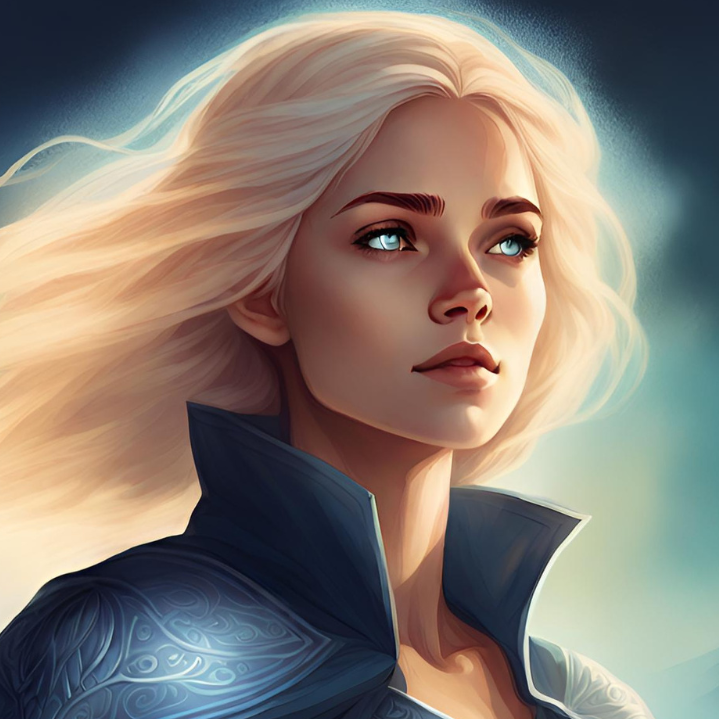

[…] grew up in the 90s, the name R.L. Stine evokes a whirlwind of thrills and chills. His iconic ‘Goosebumps‘ series, with its neon covers and monstrous creations, was a staple of childhood – a […]
[…] ‘Tales to Give You Goosebumps‘ stories were shorter than traditional Goosebumps novels, they didn’t skimp on the […]
[…] “Ghost Beach” is a prime example of how Goosebumps can deliver psychological terror without typical tropes. It’s a haunting and memorable addition to the series! […]